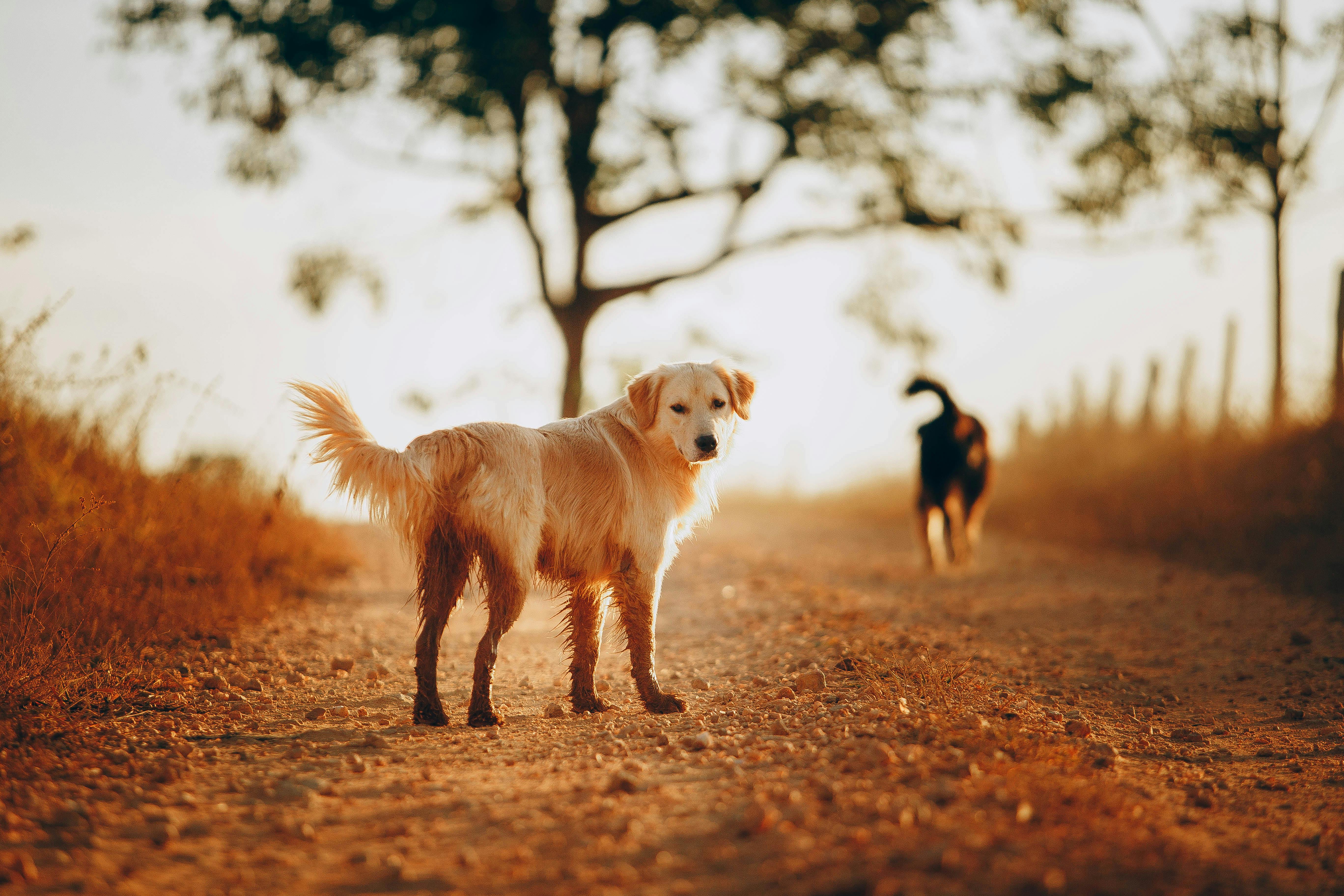Bearded dragons are not that difficult to breed and they are also fun and educational. Most bearded dragon breeders prepare housing for the newborns before they hatch. Differentiating between males and females can be a bit tricky. Adults are easy to tell apart, but it is very difficult to identify the sexes in juveniles and babies.
In adult males you can see the femoral pores located near the thighs. There is also a lump at the base of the tail called a hemipenis. Dragons can breed year-round in captivity as long as their man-made weather conditions are just right.
The two main contributing factors are temperature and photoperiod. Food intake is also regulated, but is also affected by the weather and the amount of natural light. Temperature and daylight are gradually controlled to simulate the desired climate for breeding.
After mating, you will notice a difference in the size of the female’s stomach, she will begin to produce eggs after a month. She will grow larger as she gets closer to laying and you should put her on a great healthy diet.
You will have to prepare a place for her to lay the eggs. Make a nest box and put in some potting soil. You can also use other substances such as sand, vermiculite or cactus soil. Whichever substance you prefer, any of the above will work just as well. Lightly moisten the soil with water so the reptile can dig easily.
The dragon will cover the eggs with soil after laying them. Each clutch may contain 10 to 25 eggs. You will have to dig up the eggs and put them in an incubator. Have the incubator running at the correct temperature before laying eggs. Put a little water in the incubator to increase the humidity if necessary.
The preferred incubation temperature would be 85 degrees F, but anything close to this will work just fine as long as it doesn’t go above 88 degrees F. Check the eggs a couple of times a week and any damaged or leaking eggs should be removed from the incubator
If these conditions are maintained, expect the eggs to hatch within 50-70 days of incubation. They will then come out of their shells on their own, but be vigilant during this period. Have small separate enclosures ready for newcomers. Keep a small group of similar sized baby lizards in each cage. Set up these cages the same way you would adult dragons. Spray water mists on babies for the first few weeks.
The colors of the bearded dragon’s offspring will depend on the genetics of its parents. The most common color morphs that can be achieved are red, gold, tiger, snow, fire, translucent, and many variations of each type.
If you don’t like to breed dragons yourself or are just a beginner starting a new hobby, then you can select and purchase baby bearded dragons from experienced breeders across the country. Get information on breeders at local pet stores or any reptile directory on the web. They can provide you with instructions to obtain the desired pet.



